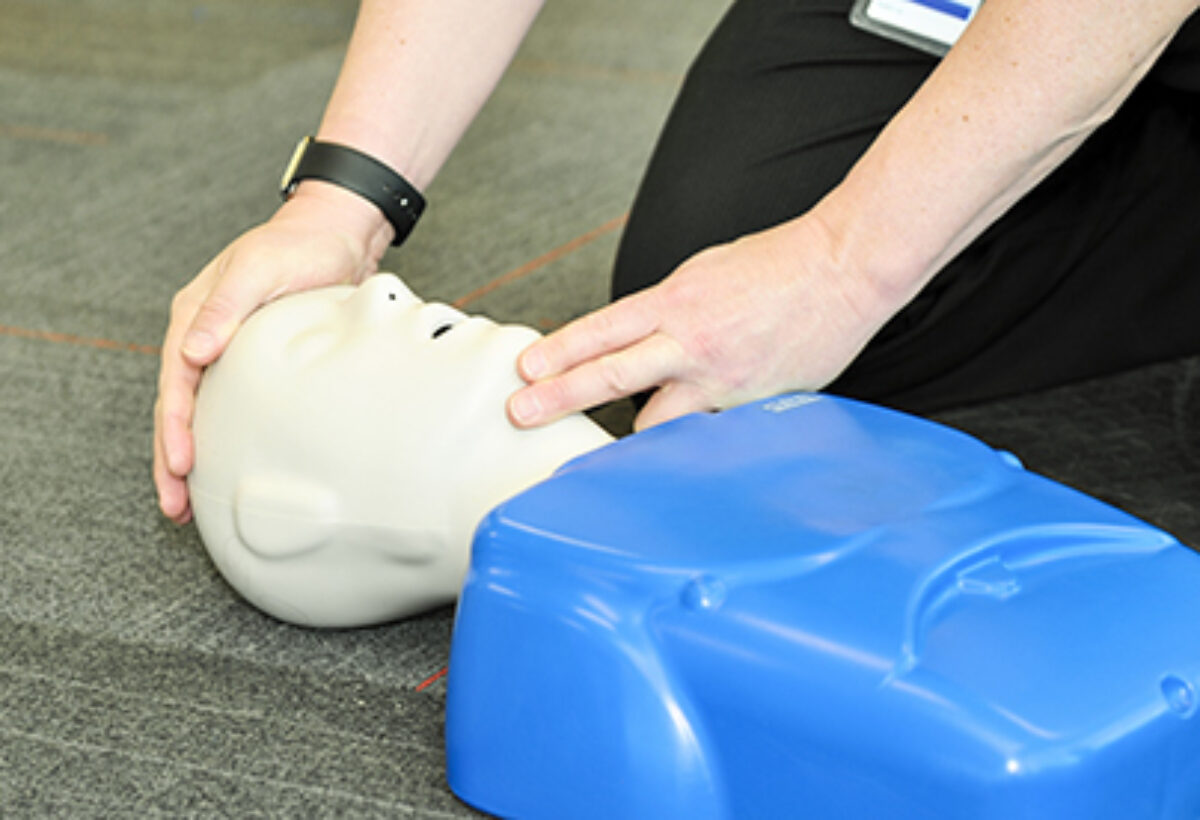Student assists in a drug-related emergency

*The ACT Foundation has changed the names of the individuals quoted in this story, to protect the identity of the youth involved.
It is a familiar situation for many youth – they are at a party, and the drug and alcohol use is starting to get out of control.
The ACT High School CPR Program not only teaches Canadian youth how to effectively do CPR, but also how to respond in a range of emergencies they might see in their lives.
It was because of the courage of one British Columbia student that her friend Sarah made it safely to the hospital one autumn night.
“My friend had been drinking,” said 15-year-old Kristen. “Then she started tripping and passing out, and we were struggling to keep her awake.”
“It was pretty weird, her eyes were really glazed over and they kept rolling into the back of her head,” Kristen continued. “When she started vomiting and convulsing my boyfriend and I put her in the recovery position.”
Kristen had recently learned the ACT High School CPR Program from her high school phys-ed teacher.
“Because I had taken the course I remembered exactly what to do, and was able to actually react to what was happening, call 911, and help,” she said. “This program is important because every weekend things like this happen to kids.”
It was soon discovered that Sarah had mixed drugs with alcohol, and her stomach was pumped in a local hospital emergency room.
British Columbia phys-ed teacher John Erin said he was impressed that Kristen was able to step up and help. He has been teaching the ACT High School CPR Program for several years.
“No matter what anyone said, the student stuck to what she decided about getting ambulance and made sure that Sarah made it up to the hospital – which is definitely where she needed to be,” said John.
“This is probably the kind of way that most kids are going to use the training that they get through the ACT Program,” John added.
“A youth’s life is going to see them experience situations where people are trying out drugs and alcohol and you may see a student pass out,” he said. “Some may think it is okay to put that person in a bedroom and wait for them to sober up – but we teach that this is an emergency.”
John said he and the staff at his school were very proud to hear that Kristen had the courage to help her friend.
“It choked me up a little bit,” he said. “It is such an amazing thing to be able to see a student take responsibility for someone else’s safety. She recognized that Sarah needed help and had the confidence to follow through on it.”
“I’m so impressed with her.”
The ACT High School CPR Program was made possible in British Columbia, thanks to the generous support of ACT’s partners. Provincial partners include British Columbia Ambulance Service (BCAS) and the paramedics’ union, the Ambulance Paramedics of British Columbia – CUPE Local 873 (CUPE). ACT’s community partner is the BC Hydro Employees Community Services Fund. Mannequins and curriculum resources were donated to the school and teachers were trained as CPR instructors for their students.
Also responsible are ACT’s core partners, companies in the research-based pharmaceutical industry: AstraZeneca, Bristol-Myers Squibb Canada, Pfizer Canada and sanofi-aventis. They provide ACT’s sustaining funding and are committed to the Foundation’s British Columbia program and national goal of promoting health and empowering Canadians to save lives.
The Advanced Coronary Treatment (ACT) Foundation is an award-winning, national charitable organization dedicated to establishing CPR in high schools across Canada. ACT raises funds to donate mannequins, teacher training, manuals and other materials to schools and guides schools in program set-up and long-term sustainability. Teachers teach CPR to their students as a regular part of the curriculum. More than 900,000 youth have been trained in CPR through this lifesaving program to date.
